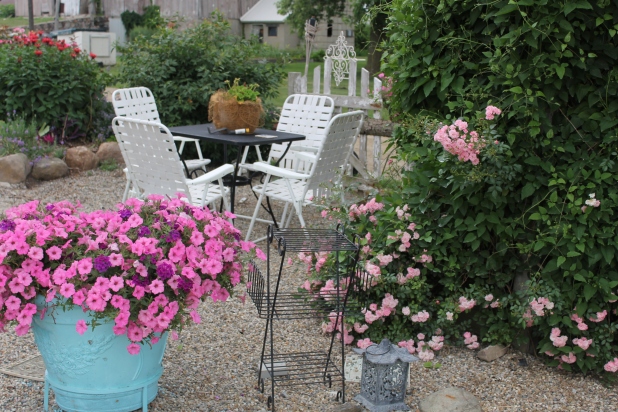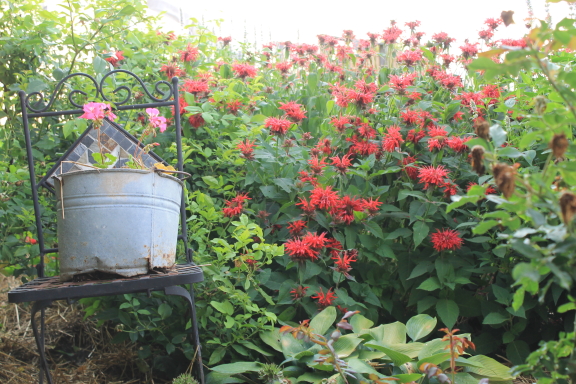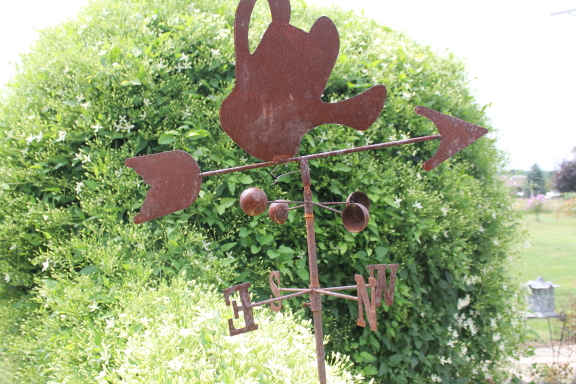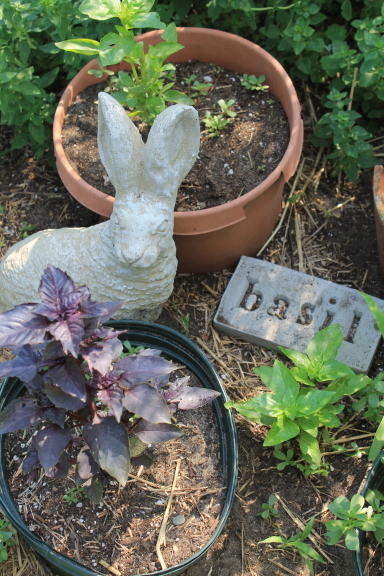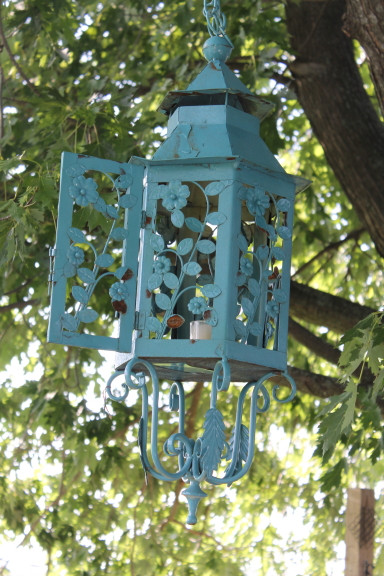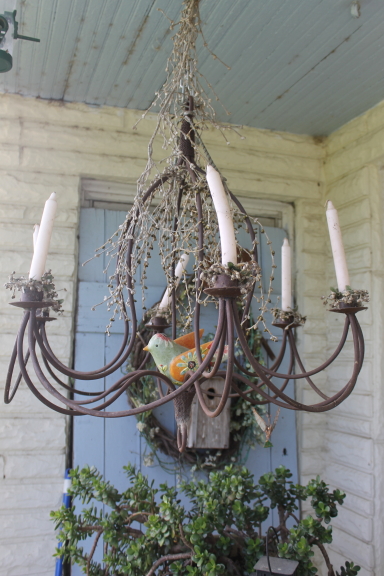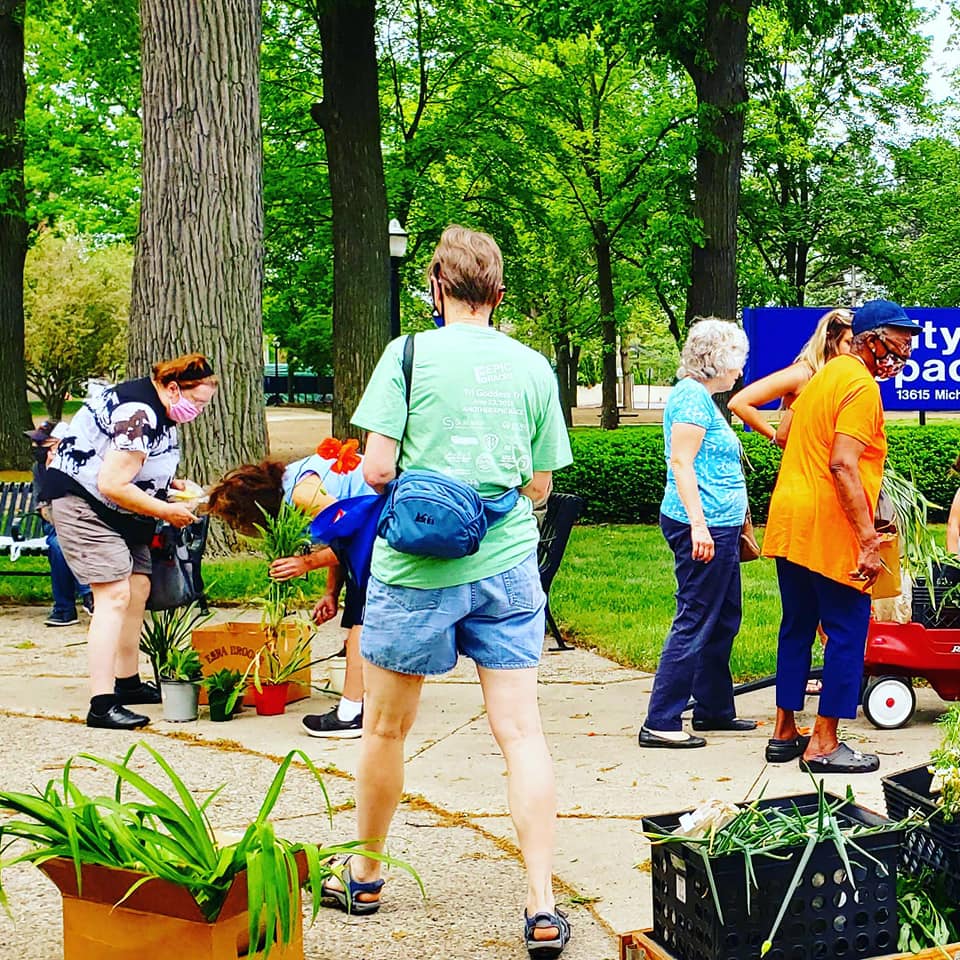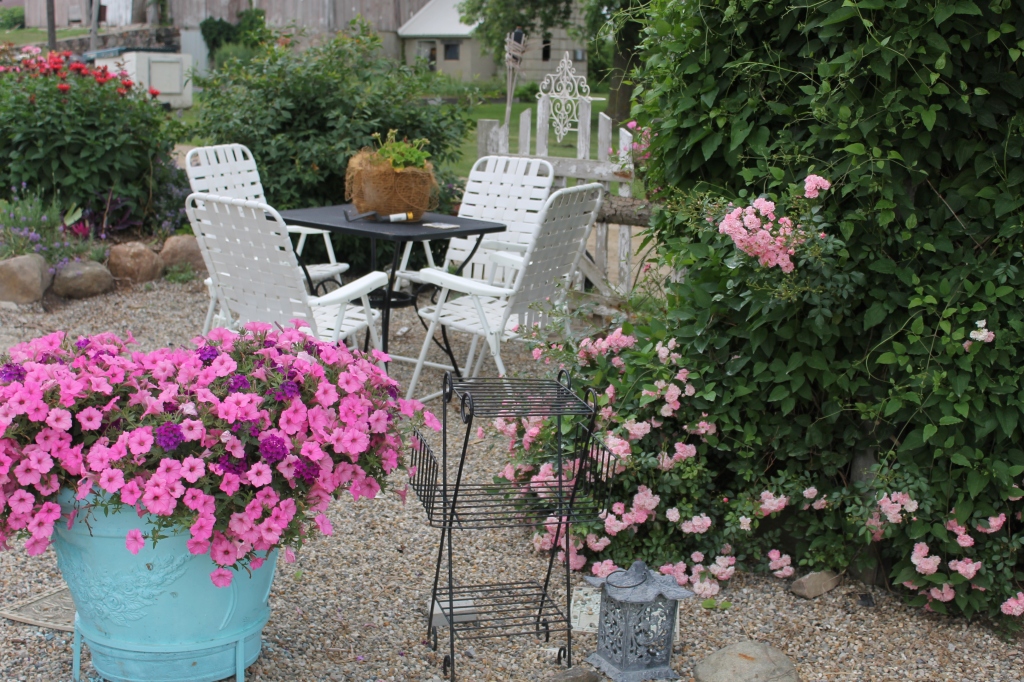
Today’s blog post will be the last, but certainly not the least in this months series on garden design and themes. I’ve saved this one for last, as it is my very favorite. I actually combine elements of both the cottage garden and flea market gardening, as I feel they go hand in hand. I love the free form these gardens offer, along with the whimsical elements I can include. I’m super excited to share this post with all of you, so be sure to let me know in the comments what your favorite garden type is!
Be sure to check out the other blog posts to this months garden themes. Continuing this months theme of garden types, lets look at the majestic Woodland Garden. If missed the others, just click the links to these interesting and inspiring blog posts on how to create a Fairy Garden, Moon Garden, Asian Inspired, traditional English garden, beautiful water garden, herb garden, woodland garden, and the quaint rock garden. Enjoy friends.
Introduction to Flea Market Gardening
As an avid gardener, I have always been drawn to the charm and character of flea market finds. There is something truly magical about incorporating vintage treasures into your garden. Flea market gardening is a trend that has gained popularity in recent years, and for good reason. It allows you to create a unique and personalized outdoor space that is filled with history and nostalgia.
One of the greatest benefits of flea market gardening is the ability to repurpose and recycle. Instead of buying brand new garden décor and accessories, you can scour flea markets for one-of-a-kind items that have a story to tell. Not only does this help reduce waste and promote sustainability, but it also adds a touch of whimsy and personality to your garden.
Benefits of Creating a Flea Market Garden

Join the list
Join hundreds of our subscribers and be the first to know about new content and special offers.
Creating a flea market garden offers a multitude of benefits. Firstly, it allows you to save money. Flea market finds are often more affordable than buying new items from a garden center. Additionally, by repurposing and upcycling vintage treasures, you can create a garden that is truly unique and reflects your personal style.
Secondly, flea market gardening is a great way to support local businesses and artisans. Many flea markets showcase the work of local craftspeople, who often create handmade and one-of-a-kind pieces. By purchasing from them, you are not only adding beauty to your garden but also contributing to the local economy.
Lastly, flea market gardening provides an opportunity for creativity and self-expression. With a wide variety of vintage treasures available, you can let your imagination run wild and create a garden that is truly your own. Whether you prefer a rustic, shabby chic look or a more modern and sleek aesthetic, flea market finds can be incorporated seamlessly into any style.
Tips for Finding Vintage Treasures at Flea Markets
Finding the perfect vintage treasures for your flea market garden requires a keen eye and a bit of patience. Here are some tips to help you make the most of your flea market shopping experience:
- Arrive Early: The early bird gets the worm, or in this case, the best finds. Arriving early at flea markets gives you a better chance of snagging those hidden gems before someone else does.
- Do Your Research: Before heading to a flea market, do some research to find out if there are any vendors who specialize in garden-related items. This will save you time and help you prioritize which booths to visit first.
- Keep an Open Mind: Flea markets are a treasure trove of unexpected finds. Keep an open mind and be willing to think outside the box. That rusty old bicycle wheel could make a unique garden trellis, and those vintage teacups could be repurposed as charming planters.
- Inspect Carefully: When purchasing vintage items, it’s important to inspect them carefully for any damage or signs of wear. Look for items that are structurally sound and can withstand outdoor conditions.
- Negotiate: Don’t be afraid to negotiate the price. Flea markets are known for haggling, and many vendors expect it. Just remember to be polite and respectful in your negotiations.
Selecting the Right Plants for Your Flea Market Garden
Once you have gathered your vintage treasures, it’s time to select the right plants to complement your flea market garden. Here are some considerations to keep in mind:
- Climate: Before choosing plants, consider the climate in which you live. Different plants thrive in different conditions, so be sure to select ones that will flourish in your region.
- Sunlight: Take note of the amount of sunlight your garden receives throughout the day. Some plants require full sun, while others prefer partial or full shade. Choose plants that will thrive in the available light conditions.
- Soil Type: The type of soil in your garden can greatly impact the success of your plants. Some plants prefer well-draining soil, while others thrive in moist or clay-like soil. Consider the soil type in your garden and choose plants accordingly.
- Color and Texture: Think about the color scheme and overall aesthetic you want to achieve in your flea market garden. Choose plants with complementary colors and varying textures to create visual interest and depth.
- Maintenance: Consider the level of maintenance required for each plant. If you have a busy schedule or are new to gardening, opt for low-maintenance plants that are easy to care for.
By carefully selecting plants that suit your garden’s conditions and your personal preferences, you can create a beautiful and thriving flea market garden.

Designing Your Flea Market Garden Layout
Now that you have your vintage finds and the perfect plants, it’s time to design your flea market garden layout. Here are some tips to help you create a visually appealing and functional outdoor space:
- Create Zones: Divide your garden into different zones based on functionality. For example, you could have a seating area, a dining area, and a separate area for planting and gardening. This will help create a sense of organization and make it easier to navigate your garden.
- Consider Scale and Proportion: When arranging your vintage treasures and plants, consider their scale and proportion. Larger items and plants should be placed towards the back, while smaller ones can be used to create visual interest in the foreground.
- Add Vertical Elements: Incorporating vertical elements such as trellises, arbors, or hanging baskets can add height and dimension to your garden. This is especially useful if you have limited horizontal space.
- Create Focal Points: Choose one or two focal points in your garden to draw the eye and create a sense of visual interest. This could be a unique vintage piece, a beautifully blooming flower bed, or a strategically placed statue or fountain.
- Think Seasonally: Consider the changing seasons when designing your flea market garden. Choose plants that will provide year-round interest and incorporate seasonal décor to keep your garden looking fresh and inviting.
By carefully planning and arranging your flea market finds and plants, you can create a garden that is not only aesthetically pleasing but also functional and enjoyable to spend time in.
DIY Projects for Your Flea Market Garden
One of the joys of flea market gardening is the opportunity to get creative and tackle DIY projects. Here are some ideas to inspire your inner DIY enthusiast:
- Repurposed Planters: Transform vintage items such as old buckets, teapots, or even shoes into unique planters. Fill them with your favorite flowers or herbs to add a touch of whimsy to your garden.
- Vertical Gardens: Create a vertical garden by repurposing an old ladder or wooden pallet. Attach pots or planters to the rungs or slats, and fill them with trailing plants or herbs. This is a great solution for small spaces or for adding greenery to walls or fences.
- Garden Trellises: Turn vintage garden tools, such as rakes or shovels, into decorative trellises for climbing plants. Simply attach them to a wall or fence and let your plants weave their way through the tines or prongs.
- Herb Drying Rack: Repurpose an old wooden ladder or clothesline into a herb drying rack. Hang bundles of herbs upside down from the rungs or clothesline, allowing them to dry naturally. Not only does this provide a practical solution for drying herbs, but it also adds a rustic and charming element to your garden.
- Garden Signage: Create personalized garden signs using vintage wooden boards or salvaged metal pieces. Paint them with weather-resistant paint and use stencils or hand-paint your favorite quotes or plant names. These signs can add a touch of personality and whimsy to your flea market garden.
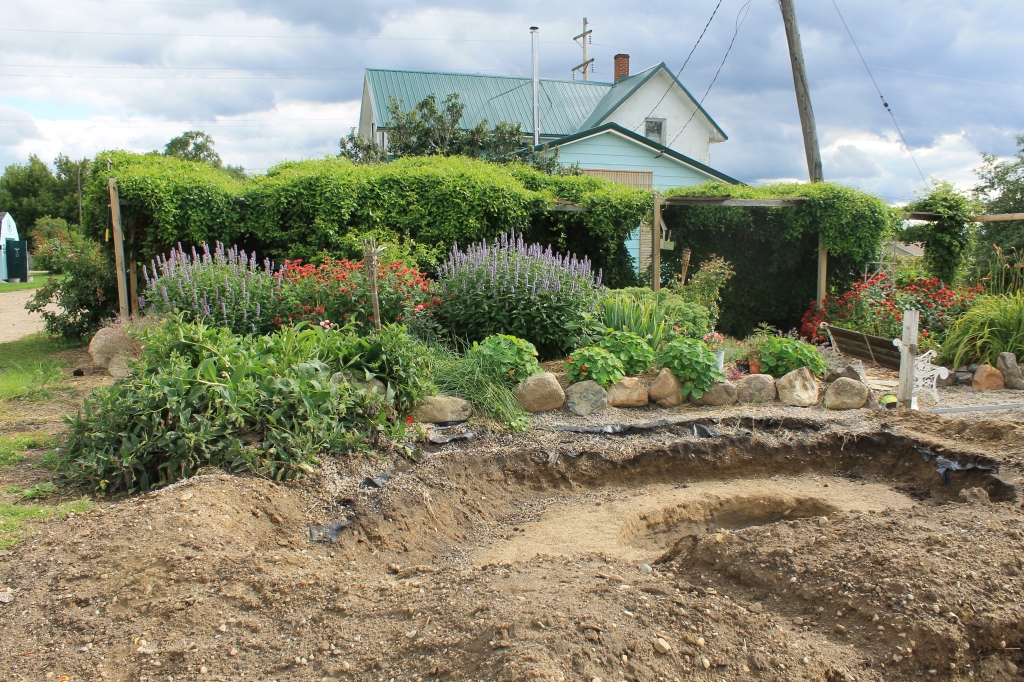
By embracing your creativity and repurposing vintage treasures, you can add a personal touch to your flea market garden while also reducing waste and promoting sustainability.
Caring for Your Flea Market Garden
To ensure your flea market garden thrives, it’s important to provide the necessary care and maintenance. Here are some tips to help you keep your garden looking its best:
- Watering: Regularly water your plants according to their specific needs. Be mindful of the weather conditions and adjust your watering schedule accordingly. Avoid overwatering or underwatering, as this can lead to plant stress or even death.
- Weeding: Keep your garden free from weeds by regularly pulling them out. Weeds compete for nutrients and water, which can affect the health and growth of your plants.
- Pruning: Prune your plants as needed to promote healthy growth and maintain their shape. Remove dead or damaged branches, and trim back overgrown areas to encourage new growth.
- Fertilizing: Feed your plants with a balanced fertilizer to provide them with the necessary nutrients. Follow the instructions on the fertilizer packaging and apply it at the recommended intervals.
- Pest Control: Monitor your garden for pests and take appropriate measures to control them. This may include using organic pest control methods or introducing beneficial insects that prey on pests.
By dedicating time and effort to caring for your flea market garden, you can ensure that it remains a vibrant and thriving oasis of beauty and tranquility.
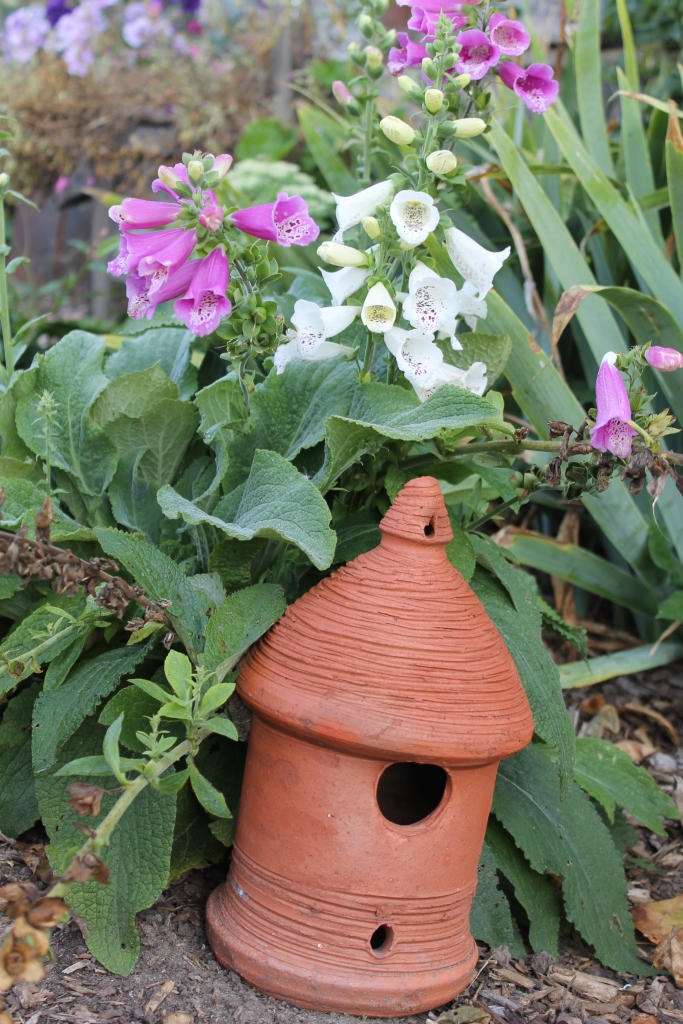
Flea Market Gardening Events and Communities
If you’re passionate about flea market gardening, consider getting involved in gardening events and communities. These provide a great opportunity to connect with like-minded individuals and expand your knowledge and skills. Here are some ways to get involved:
- Local Flea Markets: Attend local flea markets and connect with vendors who specialize in garden-related items. Building relationships with these vendors can lead to future collaborations or opportunities to purchase unique pieces for your garden.
- Gardening Workshops: Look for gardening workshops or classes in your area that focus on flea market gardening. These workshops often provide hands-on experience and expert guidance on topics such as repurposing vintage items and creating unique garden designs.
- Online Forums and Groups: Join online forums or Facebook groups dedicated to flea market gardening. These communities are a great place to ask questions, share ideas, and connect with fellow enthusiasts from around the world.
- Garden Tours: Participate in garden tours or open garden events in your area. Not only will you have the opportunity to visit beautiful gardens and gain inspiration, but you may also meet fellow gardeners who share your passion for flea market gardening.
- Gardening Associations: Consider joining a local gardening association or club. These organizations often host events, workshops, and plant exchanges, providing valuable resources and opportunities for networking.
By immersing yourself in flea market gardening events and communities, you can learn from others, gain inspiration, and forge meaningful connections with fellow gardeners.
Conclusion: Enjoying the Beauty of Your Perfect Flea Market Garden
In conclusion, crafting your perfect flea market garden is a labor of love that allows you to create a unique and personalized outdoor space. From finding vintage treasures to selecting the right plants and designing a layout that reflects your personal style, flea market gardening is a creative and fulfilling endeavor. By caring for your garden, sharing it on social media, and getting involved in gardening events and communities, you can fully enjoy the beauty and tranquility of your flea market garden. So go ahead, embrace your creativity, and start crafting your perfect flea market garden today!
CTA: Start creating your flea market garden today and let the beauty bloom in your outdoor space! Share your flea market finds, gardening tips, and DIY projects with the hashtag #FleaMarketGardening. Join our online community of garden enthusiasts and be inspired by the creativity of others. Happy gardening!
If you enjoyed this blog , please LIKE, Follow, Share & leave me a comment! I love your feedback!
If you aren’t following me on Facebook & Instagram, go on over & give a LIKE & Follow me for daily tips & tricks for your home & garden!
Remember to eat fresh, shop local, & have a happy day,
Jean
Copyright Policy
All text and images on this site are copyright of For Dragonflies And Me. Unless otherwise noted, you may not use this content
This post may contain affiliate links. If you choose to purchase through an affiliate link, I may receive a small commission at no additional cost to you. You can see my full disclaimer here.

